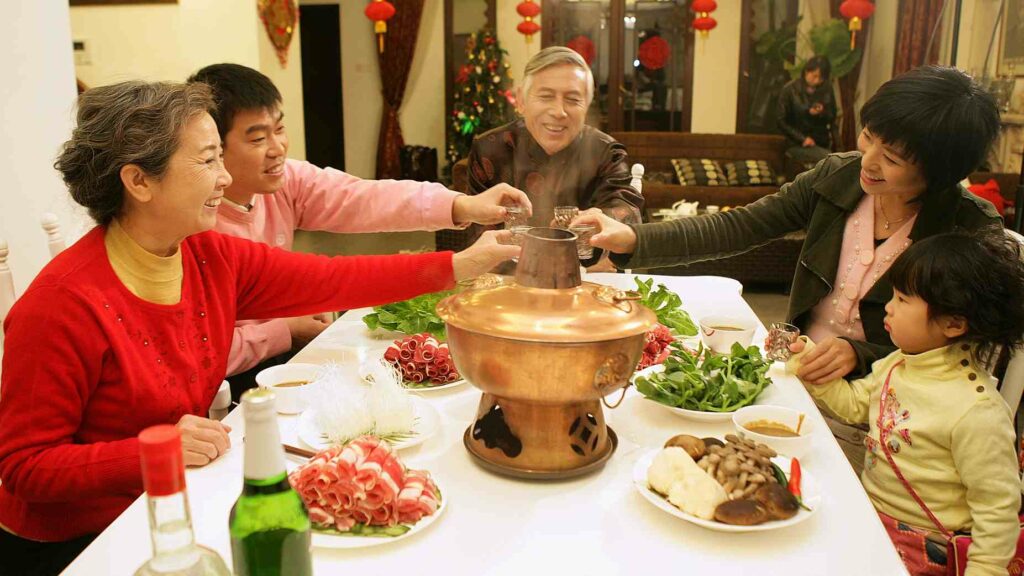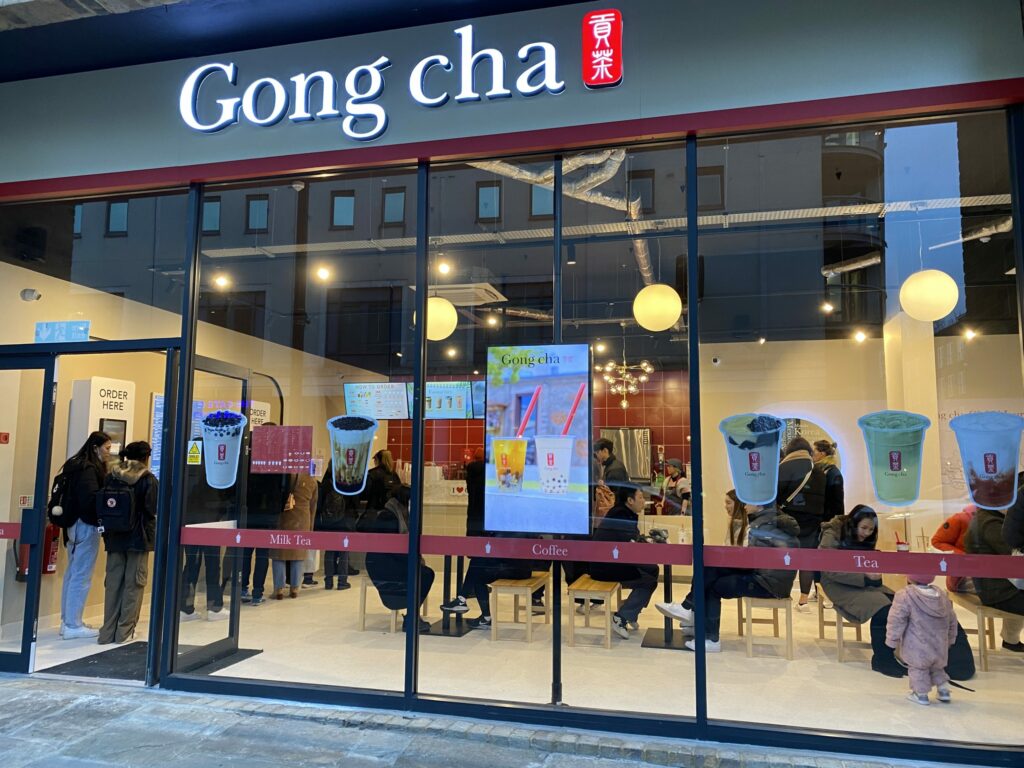In today’s fast-paced and increasingly disconnected world, the loneliness crisis has emerged as a pervasive and pressing issue. As feelings of isolation and disconnection continue to rise, people are seeking solace in shared experiences, particularly through food and dining. Meals and snacks have become vehicles for reconnection and emotional intimacy, with communal dining, experiential dining, feasting, and shareable food formats appearing to offer the perfect recipe for togetherness. However, one must ask whether these dining experiences can genuinely address the deep-seated emotional needs that underpin the loneliness crisis.
Asia, with its rich culinary traditions and diverse dining formats, presents an intriguing backdrop for examining the role of food and dining in combating loneliness. From the boisterous communal meals of China to the bustling street food stalls of Hong Kong and the immersive dining experiences of Japan, Asian cultures have long embraced food as a means of bringing people together. Yet, as the loneliness crisis intensifies, it becomes increasingly important to scrutinize the true impact of these dining formats on fostering emotional connection and togetherness.
Also Read: The Future of Food Delivery: How Meal Subscription Startups are Changing the Game in India
In order to understand the complexities of this relationship, it is crucial to explore the different dining formats prevalent in Asia and the factors that have led to the current loneliness crisis. By delving into the world of communal dining, experiential dining, feasting, and shareable snacks, we can gain valuable insights into the effectiveness of these dining experiences in addressing the emotional needs of those grappling with loneliness. Furthermore, by examining the reasons behind the rise of the loneliness epidemic, we can better understand the potential limitations of using food and dining as a means to foster genuine human connection.
1. Communal Dining: The Illusion of Connection
Communal dining, a staple of many Asian cultures, is often touted as the epitome of togetherness. However, one can’t help but question whether these dining formats genuinely foster connection or if they merely create a façade of social cohesion.
Chinese Hotpot: Submerging Connections

The Chinese hotpot, a simmering broth in which diners cook various ingredients, may seem like a social dining experience. However, the focus on the food itself can detract from meaningful conversations, leaving diners emotionally adrift in a sea of boiling broth.
2. Experiential Dining: Distractions Disguised as Connections
Experiential dining promises unique, memorable experiences that stimulate all the senses. But is it truly a recipe for connection, or are these dining formats merely distractions that divert us from our emotional needs?
Robot Restaurant, Tokyo: High-Tech Disconnection

The Robot Restaurant in Tokyo provides a dazzling spectacle with neon lights and robotic performances. However, the emphasis on entertainment can leave diners feeling isolated as they focus on the show, leaving little room for authentic connection.
3. Feasting and Food Festivals: Temporary Relief from Loneliness
Feasting and food festivals have been integral parts of Asian culture for centuries. But do these gatherings truly cultivate a sense of togetherness, or are they merely temporary reprieves from the feelings of isolation that plague modern society?
Dai Pai Dong, Hong Kong: Street Food Solitude

Dai Pai Dongs, Hong Kong’s bustling street food stalls, might draw crowds with their delectable dishes, but the bustling atmosphere can make it challenging to forge meaningful connections amidst the chaos.
4. Shareable Snacks: Bite-Sized Bonds
In response to the loneliness crisis, shareable snacks have surged in popularity. But do these offerings genuinely nurture human connections, or are they just a quick fix for our emotional hunger?
Gong Cha, Taiwan: Bubble Tea, Bubbles of Loneliness

Gong Cha, a popular Taiwanese bubble tea chain, encourages patrons to gather with friends and family while sipping their beverages. But the focus on the drink itself often diverts attention from genuine connections, leaving diners with an unquenched thirst for deeper relationships.
Reasons for the Loneliness Crisis
1. The Rise of Technology
The increased reliance on technology has led to more virtual connections, but at the cost of in-person interactions. As people become more absorbed in their screens, the need for physical gatherings, such as communal dining, becomes more apparent.
2. Urbanization
Rapid urbanization has led to more people living in densely populated cities, which ironically can exacerbate feelings of loneliness. Experiential dining may offer an escape, but it often fails to deliver the deep connections that city dwellers crave.
3. Breakdown of Traditional Communities
The disintegration of traditional communities has led to a weakening of social bonds, exacerbating feelings of isolation. Feasting and food festivals may provide a semblance of community, but they often fail to foster lasting connections.
4. Changing Work Patterns
Modern work patterns often demand long hours and constant connectivity, leaving people with limited time and energy for socializing. Shareable snacks might offer a convenient way to socialize, but they often fall short of providing genuine connection.
In my opinion, Addressing the loneliness crisis requires a more comprehensive approach that goes beyond shared meals and embraces the importance of genuine human relationships. We must prioritize open and meaningful conversations, invest time in nurturing relationships, and create a supportive and inclusive environment for people to forge lasting connections.
In Asia and around the globe, it is essential to acknowledge the limitations of food and dining as a means of combatting the loneliness crisis. By focusing on cultivating authentic connections, valuing human relationships above all else, and working towards a more connected, emotionally fulfilling future, we can begin to heal the emotional wounds caused by loneliness and isolation. After all, a satisfying meal may fill our stomachs, but it is the warmth and comfort of true human connection that will ultimately nourish our hearts and souls.
















